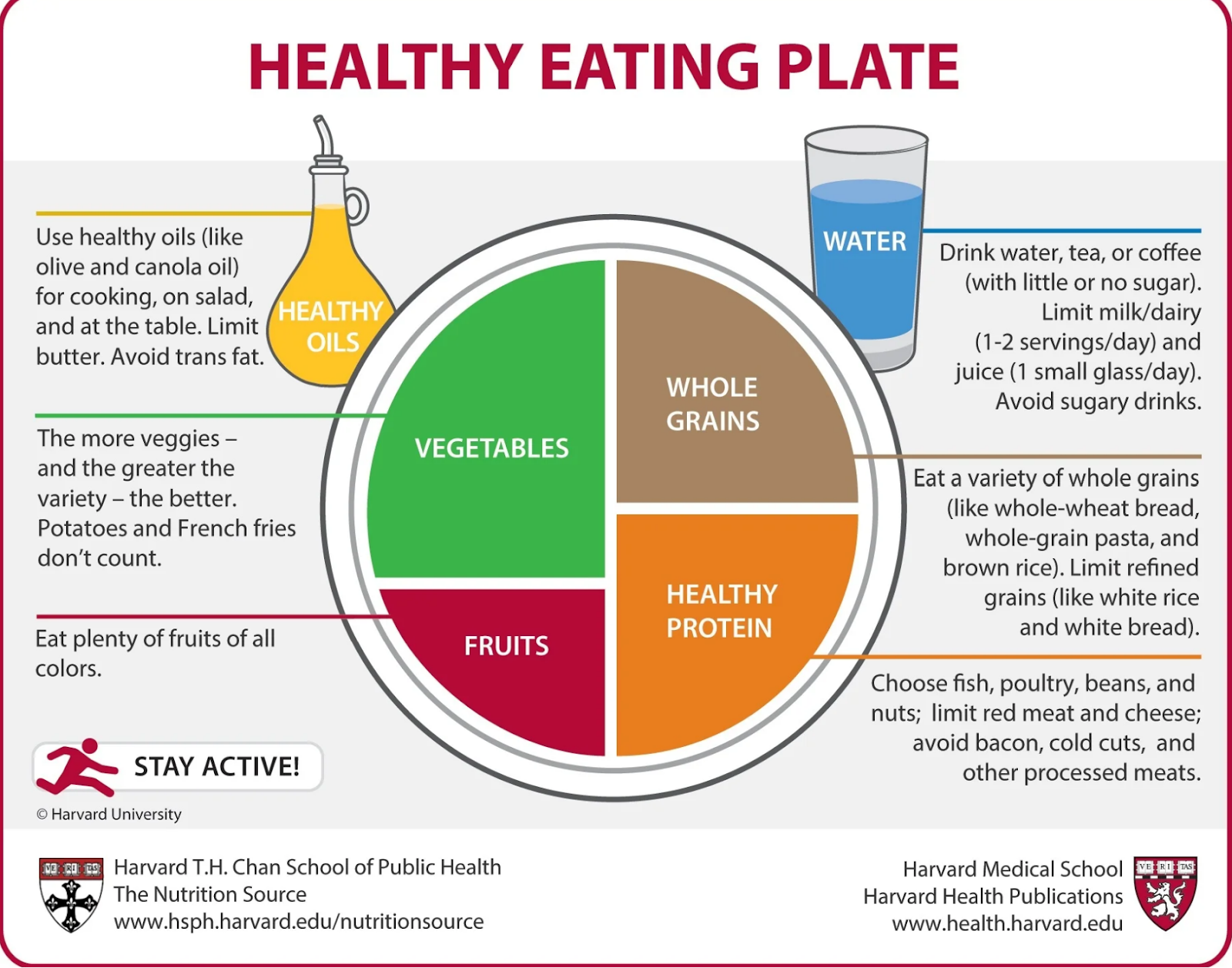Optimizing Nutrient Intake from Foods: Simple Adjustments
“Juice with Pulp: A Healthier Choice
When making natural juice at home, it’s beneficial to consume it with the pulp and fiber intact. Additionally, drinking the juice slowly can help regulate blood glucose levels and reduce the risk of developing type 2 diabetes.”
"Citrus Foods for Vitamin C
When was the last time you enjoyed something citrussy that contains vitamin C? Whether it was a refreshing glass of lemonade with pulp, juicy oranges, or tangy tangerines, these citrus fruits provide a healthy dose of this essential nutrient.
The Recommended Dietary Allowance (RDA) for vitamin C is 90 mg/day for adult men and 75 mg/day for adult women. Let’s break it down:
- 1 Lemon: Approximately 31 mg of vitamin C
Now, let’s explore the benefits of vitamin C:
Antioxidant Power: Vitamin C is rich in antioxidants, which help prevent free radical damage. By supporting the immune system, antioxidants play a crucial role in overall health.
Collagen Synthesis: Vitamin C is essential for collagen synthesis. Collagen is a protein that contributes to skin elasticity, wound healing, and gum health. So, that glass of lemonade not only quenches your thirst but also supports your
skin and gums!
Remember to include citrus fruits in your diet regularly to reap the benefits of vitamin C. 🍊🌟"
"Vitamin D: Essential for Health (RDA 15 mcg)
Sun exposure for 5 to 30 minutes daily can help our skin generate enough vitamin D. However, there are secondary sources of vitamin D as well.
One such source is a whole boiled medium egg, which provides approximately 1.6 mcg of vitamin D. Additionally, eggs contain a good amount of protein and healthy fats, both of which are necessary for the absorption of fat-soluble vitamins like vitamin D.
Eggs also consist of a significant amount of Vitamin A and HDL (healthy cholesterol). So, we can certainly say that having a boiled egg a day might help keep the doctor away!"
Creating a Balanced Healthy Eating Plate
While the South Asian community often includes a substantial amount of rice in their meals, there are ways to improve the overall balance of their eating habits. One key step is to reduce the portion of white rice and increase vegetable consumption. By doing so, individuals can take the first step toward a healthier plating style.
References
Harvard Healthy plate guidlines


Comments
Post a Comment